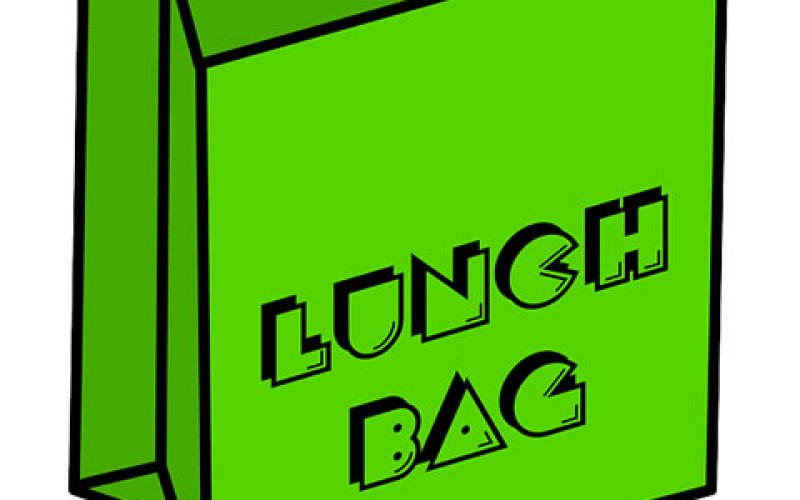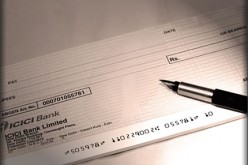The following are money-saving strategies you can employ as you seek to deliver nutritious meals to your children without incurring a financial calamity.
Brown Bags and Lunch Boxes
The most cost-effective way to provide healthy meals to your children is to make them yourself. Younger children can be given lunch boxes to take to school; older children can bring brown paper bags with them.
Only prepare food that does not have to be kept cold. That means no sandwiches with mayonnaise or anything else that can spoil and make them sick. Tried-and-true sandwiches that children love include: peanut butter and jelly, ham and cheese with ketchup or mustard, and bologna sandwiches.
You can also include cut vegetables such as carrots and celery. Instead of buying individual bags of chips, purchase a large container of low-salt crackers or pretzels and place these in a separate sealable bag. Fresh fruit such as an apple, a banana or an orange should be included. As for a drink, water can do or give your child money to buy milk in the cafeteria.
Look For Deals
If you purchase everything that you will need for your children’s lunches at once, then you will likely miss some important deals that will take place throughout the year. Keep an eye out for your supermarket circular and if you belong to a warehouse club you will find both deals that can keep you supplied for the entire school year.
Large containers of peanut butter, jelly, water bottles and snacks can help you keep your budget under control. Paper bags, plastic bags, napkins, and disposable cutlery can be had as well.
A visit to the deli counter may provide a lower-cost per pound option than buying prepackaged cold cuts. Farm fresh fruit at your farmers market won’t keep for long, but can be useful especially for large families.
School Lunch Programs
Your school also serves lunch to children, but at its regular price the cost can add up quickly. However, based on your family’s income you may be eligible for a discount or even a free meal option.
Even so, you should be aware of what is being served at the cafeteria. The food may be too salty, of low nutritional value, or simply something your child would not like. With the federal government exerting more control over local lunch programs, you may also find that the portions are too small especially for your active teenagers.
Savings Considerations
There are a number of other ways that you can save on school lunches. Consider buying large cans of fruit and portioning food into reusable containers. You should also pack foods that appeal to your children and know that they will eat. Providing different types of bread, swapping out various fruits and adding an occasional surprise can have them looking forward to their lunches while they are at school.
See Also — Back to School Shopping Tips for Families
end of post idea for home improvement
view and analyze home improvement ideas at our LetsRenovate center
Helpful article? Leave us a quick comment below.
And please give this article a rating and/or share it within your social networks.









